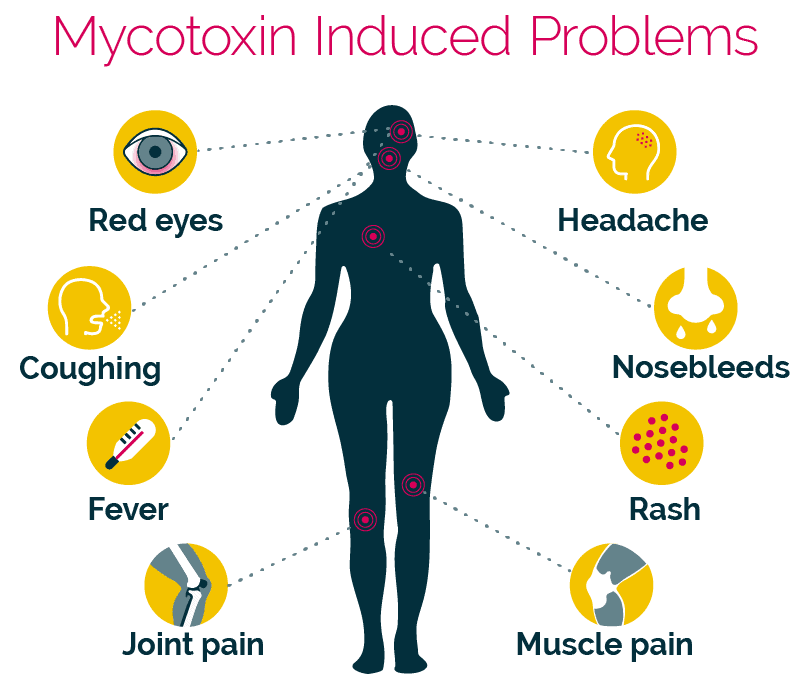
Q: Is fungal sinusitis a mold problem?
A: Mold is a type of fungus, so if there is mold in the sinuses then it would be a cause of fungal sinusitis.
Q: Can one beat it with a nasal spray alone as opposed to a whole-body approach?
A: Yes, this is possible if the mold is isolated to the sinuses.
Q: How do we treat it? Apart from remove the toxic mold? Botanicals, antibiotics etc.?
A: Every patient is different. Here’s a good article about diagnosing and treating mold exposure. Here’s a good article about 8 binders for mycotoxins.
Q: If a client has been diagnosed with vasculitis and is not able to pass urine regularly, is this related to a specific nephron structure or general?
A: Vasculitis is inflammation of blood vessels and both arteries and veins can be affected. If a specific blood vessel providing blood flow to a nephron or specific part of the nephron is inflamed this could adversely affect the cells of the nephron and therefore kidney function. Lack of blood flow that is severe can leads to death of cells that could lead to necrosis.
Q: To what extent can renal function recover if the mycotoxins are properly removed?
A: This depends on a lot of factors such as the level of exposure, duration of exposure, underlying tissue damage, healing capacity of the affected cells, etc.
Q: I presume the hepatic function can generally recover more readily.
A: The liver has increased capacity for healing compared to other organs in the body. However, the same or similar factors as mentioned previously with regards to the kidneys applies to the liver or any organ.
Q: I’m assuming that the oxalates Aspergillus can also cause oxalate kidney stones, correct?
A: Yes. If Aspergillus is producing oxalate, and these oxalates find their way into general circulation and into the kidneys they could cause or contribute to kidney stones.
Q: Once you get rid of mold, how long can internal systemic effects last?
A: This depends on a lot of factors such as the level of exposure, duration of exposure, damage that has occurred to tissue function, healing capacity of affected cells, general health of patient, etc.
Q: I think of oxalates as disruptive crystals capable of mechanical disruption of structural components of organelles and membranes. Hence capable of triggering release of those usually sequestered compounds that can trigger apoptosis or necroptosis, etc.
A: I think this is a good description too.
Q: What about when Organic Acids Test mold markers are elevated, but no MycoTOX Profile markers come out elevated?
A: This is a scenario that can happen. Just because Aspergillus appears to be colonizing the digestive system as detected by elevated OAT markers (#2, #4, #5, or #6), it does not automatically mean corresponding Aspergillus mycotoxins will be produced at high levels and detected on the MycoTOX Profile. However, in most cases in my experience (approximately, 80-90% of people) there are corresponding mycotoxins seen.




